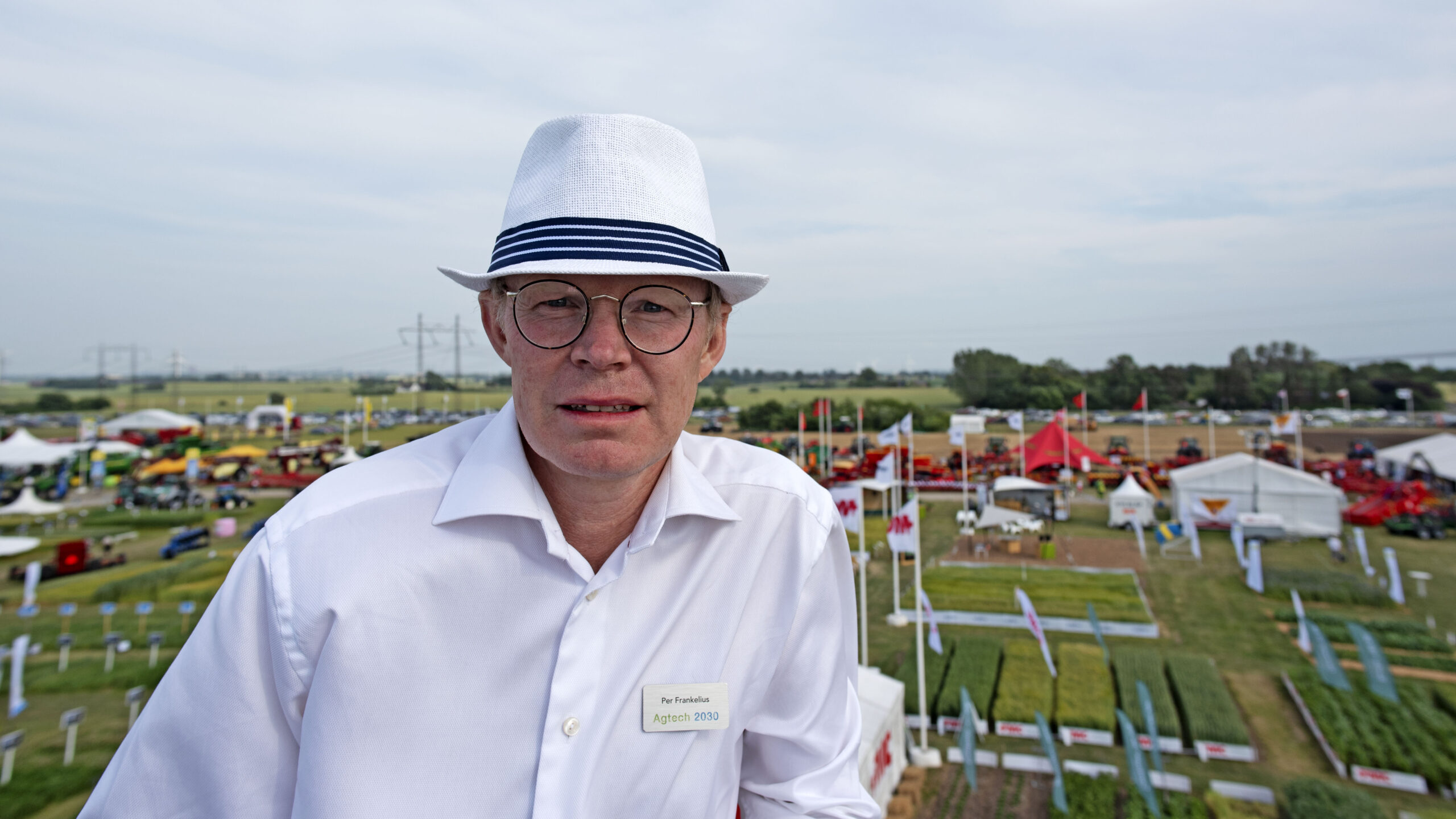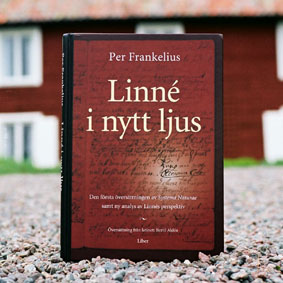About Per Frankelius
Porttitor in nibh id aliquet quam aliquam aliquet pulvinar integer dolor quis elementum, dui cursus nisi, nunc viverra nulla fringilla.

Best Author Awards 2012
Arcu pellentesque nisi consectetur netus aenean metus sit mattis sit sed.
World's #1 Best-selling Book
Diam nibh non in enim nunc suscipit risus, adipiscing aenean quisque viverra.
NYT Best-selling Author 2014
Urna donec dolor bibendum lectus arcu purus eget nisl, ut nisl vitae.
Best Author Awards 2018
Morbi odio sodales et facilisis mi nibh fringilla quis risus ultricies facilisis.
1986
My First Book
Quisque suspendisse fames eget risus quam posuere eu massa, consequat nec vestibulum fermentum velit nunc, dictum dui orci urna vitae.
Personal information
Here is some personal information for those who may be interested. I am an associate professor at the Department of Economic and Industrial Development (IEI) at Linköping University. I am a member of the Royal Economic Society and a Fellow of the Linnean Society of London. In 2006, I was elected a member of the Review Board for Radio and TV, where I then worked for a few years. During the years 2004-2010, I was a member of the Entrepreneurship Forum. I was the general secretary of SOU Innovative Processes (Ministry of Education) and participated in the emergence of the government’s innovation strategy 2010-11 and food strategy (2015-). Furthermore, I have made a study of the meaning of the concept of innovation on behalf of Statistics Sweden within the framework of a project commissioned by the Ministry of Trade and Industry. Since 2013, I have been responsible for the Green Innovation project, which is about innovation in the green industries. Among the companies and organizations participating in the project are SSAB, 3M, Lantmännen, Elmia, SMHI and SLU. The research has been published through about 400 articles and books.
Over the years, I have been invited as a guest lecturer at several universities such as. University of the Arts, Stockholm University, Turku Academy, Royal Institute of Technology, Uppsala University, University of San Francisco and Karolinska Institutet. In addition to research and teaching, I have worked as an advisor to the government, regions and business. The creation of high-performing environments is also a key theme, which I also worked on in “sharp mode”. I led the project that resulted in the formation of the Swedish Business School at Örebro University. As part of understanding innovation processes more in depth than is possible by just studying others, I have tried to develop an invention on my own. In 2012, I received a patent for this invention; a new type of precision harrow.
Jag har genom åren inbjudits som gästföreläsare på flera lärosäten som t.ex. Konstfack, Stockholms universitet, Åbo Akademi, Kungliga Tekniska Högskolan, Uppsala universitet, University of San Francisco och Karolinska Institutet. Förutom forskning och undervisning har jag arbetat som rådgivare åt regeringen, regioner och näringslivet. Skapandet av högpresterande miljöer är också ett bärande tema, som jag även arbetat med i ”skarpt läge”. Jag ledde det projekt som mynnade ut i formeringen av Swedish Business School vid Örebro universitet. Som ett led i att förstå innovationsprocesser mer på djupet än vad som är möjligt genom att bara studera andra, har jag försökt utveckla en uppfinning på egen hand. Under 2012 fick jag patent på denna uppfinning; en ny typ av precisionsharv.
1992
More about the research
I started my research career in 1988 at the DM center at Örebro University. It was a time when the first Apple computers had recently been launched and would have significant consequences on both marketing practice and theory. The DM Center was one of Europe’s first research initiatives to analyze the development of how computers could be used for customer search and relationship marketing. Strategic information management and analysis of the surrounding world, not least searches in external databases, was the second research theme. The center was financed mainly by Posten, Apple and IBM. Among the studies that were done can be mentioned “Strategic information management in biotechnology companies” which i.a. included companies active in biological water treatment and soil remediation.
In the doctoral dissertation, a theory about external processes was developed based on a study of the development of DNA science. In addition, the research has dealt with external analysis, innovation, marketing, models for knowledge production, renewal in the culture and experience industry and the connection between economics and nature. The research has largely been based on case studies (of everything from high-tech companies to companies that conduct innovative processes of the more odd kind). A major project in 2012–13 was the “Ninth Innovation Office” (on the importance of inventions). In recent years, the EU project Global Vision was also important. It was about innovation and business development in environmental technology companies and I was responsible for the Swedish part of the international project.
One research goal has been to develop new models and a new visual descriptive language to describe the development of companies and organizations over time. Not least, the research has been about understanding the interplay between innovative processes and concept development on the one hand and external impulses and changes in the external environment on the other. Central is to make “X-factors” into endogenous variables, i.e. to treat X-factors not as a residual but as central and natural parts of the core of the models. X-factors are defined as “external factors with significance for a specific activity but which are not central to traditional economic models”. In principle, this refers to factors in addition to customers, competitors, suppliers and substitutes. Natural factors are a category X factors – but there are many more categories.
A central part of my current research is i.a. focused on developing a natural economic reference framework for innovative processes and the internationalization of cleantech companies. In 2013, I conducted i.a. an activity where lectures were interspersed with a photo exhibition of environmental problems by Mathias Klum. My journey towards a natural economics theory began as early as 1996 when I realized that Linnaeus’ most famous book had not been translated from Latin into Swedish or English. This led to research questions: What did he actually write? Are there myths surrounding Linnaeus because so few people have read the original texts? The first phase of the project involved the world’s first translation of “Systema Naturae”, a work that was made possible in collaboration with the Latin expert Bertil Aldén. Based on the translation and other of Linnaeus’ works, not least Iter Laoopnicum (The Lapland Journey), a new analysis of Linnaeus could be made. The result is published with the book “Linnaeus in a new light” in 2007. The image of Linnaeus and his work that emerged differed from the accepted one and created great attention in scientific circles. Some took it badly when the accepted Linnaean image was disturbed. The analysis showed that Linnaeus was not primarily a flower king as many believed and still believe today, but rather an innovation economist. The basic idea behind his research was to improve important industries in the country such as agriculture and mining through innovative processes with the aim of laying the foundation for sustainable economic development. These new interpretations of Linnaeus inspired the outline of a new modern theory of natural economics.

“Linné i nytt ljus” provides clues to a natural economics theory.
Programförklaring
Man måste stå för något. Läs här hur jag ser på några frågor i samhällsdebatten.
Timeline
Min forskning inleddes i slutet av 1980-talet. Här finns en timeline med urval av milstoplpar under de första 20 åren.
Foton och bilder
Se bildbank (foto- och illustrationsarkivet) här. Där finns också ett urval av vetenskapliga modeller att reflektera över.